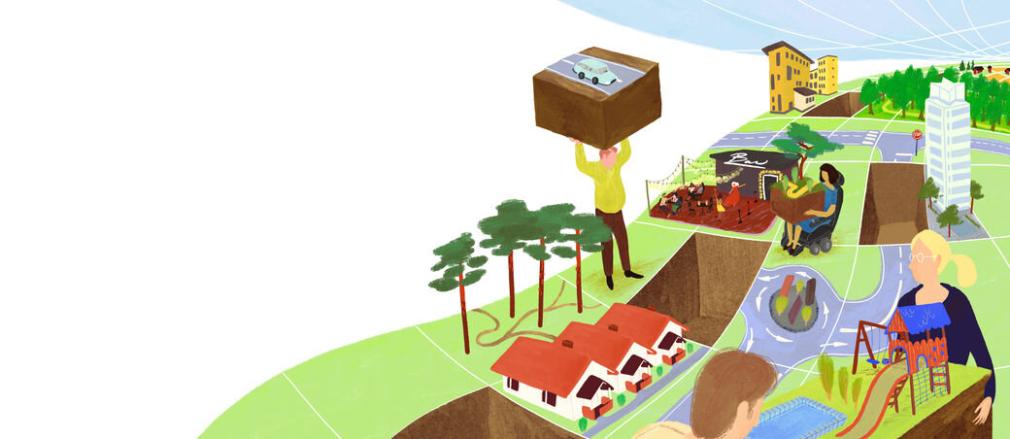Exploring the Potential of Satellite Data for Urban Planning in Developing Countries
The rapid urbanization of developing countries poses significant challenges for urban planners and policymakers. With limited resources and infrastructure, cities struggle to provide adequate housing, transportation, and services for their growing populations. Satellite data offers a powerful tool to address these challenges, providing timely and accurate information to support data-driven decision-making and improve the efficiency and effectiveness of urban planning.

Applications Of Satellite Data In Urban Planning
Satellite data has a wide range of applications in urban planning, including:
- Land Use and Land Cover Mapping: Satellite data can be used to identify and classify different land uses, such as residential, commercial, industrial, and agricultural areas. This information is essential for land use planning and zoning, as well as for monitoring changes in land use patterns over time.
- Urban Expansion Monitoring: Satellite data can be used to detect and measure the extent of urban expansion, including the identification of areas at risk of unplanned development. This information can help guide urban growth and prevent sprawl, ensuring that cities develop in a sustainable and orderly manner.
- Transportation Planning: Satellite data can be used to analyze traffic patterns and congestion, identify bottlenecks, and plan and design new transportation infrastructure. This information can also be used to improve public transportation systems, making them more efficient and accessible.
- Environmental Monitoring: Satellite data can be used to monitor air quality and pollution levels, identify and manage environmental hazards, and promote sustainable urban development. This information can help cities reduce their environmental impact and improve the quality of life for their residents.
- Disaster Management: Satellite data can be used to assess the impact of natural disasters, such as earthquakes, floods, and hurricanes. This information can support disaster preparedness and response efforts, as well as enhance resilience to future disasters.
Challenges And Opportunities
While satellite data offers significant potential for urban planning in developing countries, there are also a number of challenges that need to be addressed:
- Data Availability and Accessibility: Ensuring timely and reliable access to satellite data can be a challenge, especially in developing countries with limited resources and infrastructure. Data gaps and inconsistencies can also hinder the effective use of satellite data for urban planning.
- Data Analysis and Interpretation: Developing appropriate tools and techniques for analyzing satellite data is essential for extracting meaningful information that can be used for urban planning. Building capacity for data analysis and interpretation is also crucial, as many developing countries lack the necessary expertise in this area.
- Integration with Other Data Sources: Combining satellite data with other sources of information, such as census data, household surveys, and GIS data, can enhance the comprehensiveness and accuracy of urban planning. However, integrating different data sources can be challenging, especially when data formats and standards are not compatible.
- Stakeholder Engagement: Involving local communities and stakeholders in the urban planning process is essential for ensuring that satellite data is used in a transparent and accountable manner. This can help build trust and support for satellite data-based urban planning initiatives.

Satellite data has the potential to revolutionize urban planning in developing countries, providing timely and accurate information to support data-driven decision-making and improve the efficiency and effectiveness of urban planning. By addressing the challenges related to data availability, accessibility, analysis, and integration, and by engaging stakeholders in the planning process, developing countries can harness the power of satellite data to create more sustainable, resilient, and livable cities.
Call to Action: Policymakers and urban planners in developing countries should adopt satellite data as a key tool for urban planning. Further research and development in this area is also needed to improve data quality, develop new analysis techniques, and build capacity for data analysis and interpretation. International cooperation and capacity building are essential to ensure that developing countries have the resources and expertise they need to use satellite data effectively for urban planning.

YesNo

Leave a Reply